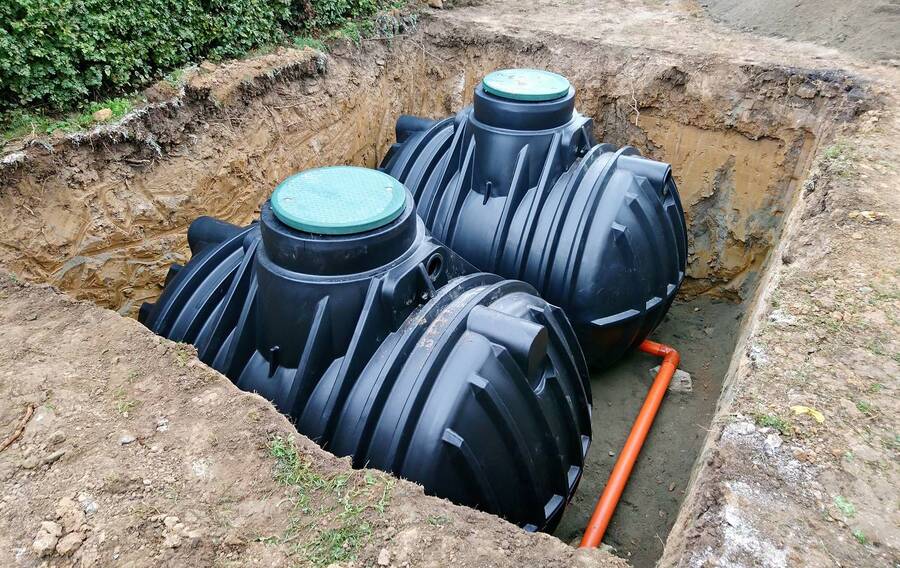
05
Septic tanks are an important component of many homes and businesses that are not connected to a municipal sewage system. Proper installation of a septic tank is crucial for the effective functioning of the system and the health and safety of the community. Let’s go over what you’ll need to do before your septic tank installation with Charlotte Septic Pros.
When planning for a septic tank installation, it is important to consider the size of the tank and the layout of the system. The size of the tank should be based on the number of bedrooms in the home or the number of employees in the business, as well as the soil conditions of the property. The layout of the system will depend on the location of the tank and the size of the property.
Before beginning the installation process, it is necessary to obtain all necessary permits and approvals from the local government. This may include obtaining a soil evaluation and site plan, as well as following zoning and setback regulations. It is important to follow all regulations and guidelines to ensure the proper functioning of the septic system and to avoid any potential legal issues. You may go over the steps you need to take prior to installation with your septic company in Rock Hill.
The actual installation process begins with the excavation of the area where the septic tank will be located. The size and depth of the excavation will depend on the size of the tank and the soil conditions of the property. Once the excavation is complete, the septic tank is placed in the hole and the surrounding soil is compacted to secure the tank in place.
The next step in the installation process is the installation of the inlet and outlet pipes. The inlet pipe is responsible for carrying sewage from the home or business to the septic tank, while the outlet pipe carries the treated effluent from the septic tank to the drain field. It is important that the workers properly seal and secure these pipes to prevent leaks and ensure the proper functioning of the system.
After the pipes are installed, the septic tank must be properly filled with water and any necessary additives. This helps to ensure that the system is functioning properly and helps to prevent the formation of sludge and scum in the tank.
Once the installation is complete, it is important to properly maintain the septic system to ensure its continued functioning. This includes regular septic tank pumping to remove any excess sludge or scum that may have accumulated in the tank. A septic company like Charlotte Septic Pros can provide this service, as well as any necessary repairs or maintenance to the system.
The installation of a septic tank requires careful planning and attention to detail to ensure its proper functioning. Obtaining necessary permits and approvals, proper excavation and placement of the tank, and the installation of inlet and outlet pipes are all crucial steps in the process. Regular septic tank pumping and maintenance by a septic company can help to extend the life of the system and ensure the health and safety of the community.
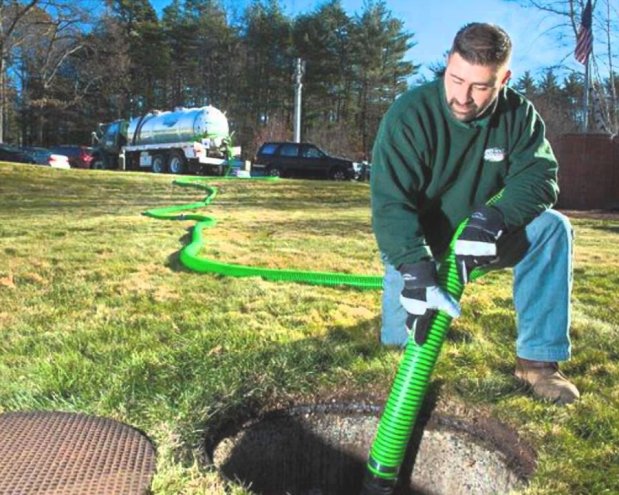
14
Pump Now or Pay Later: The Real Cost of Skipping Maintenance A properly functioning septic system is easy to forget…
Read more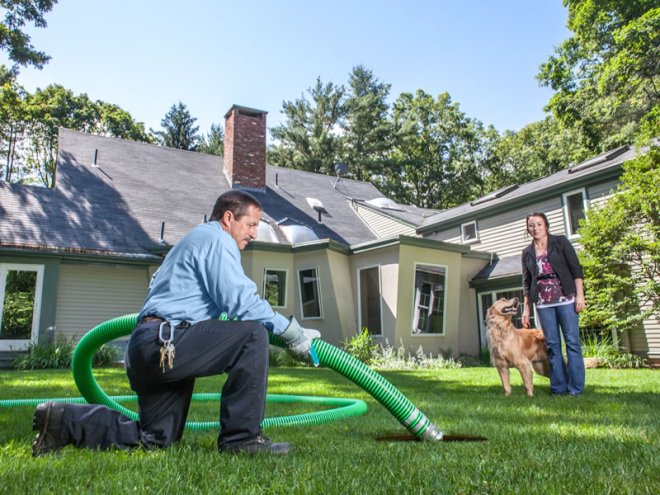
11
Why Your Septic System Always Acts Up at the Worst Time Homeowners often feel that septic problems strike at the…
Read more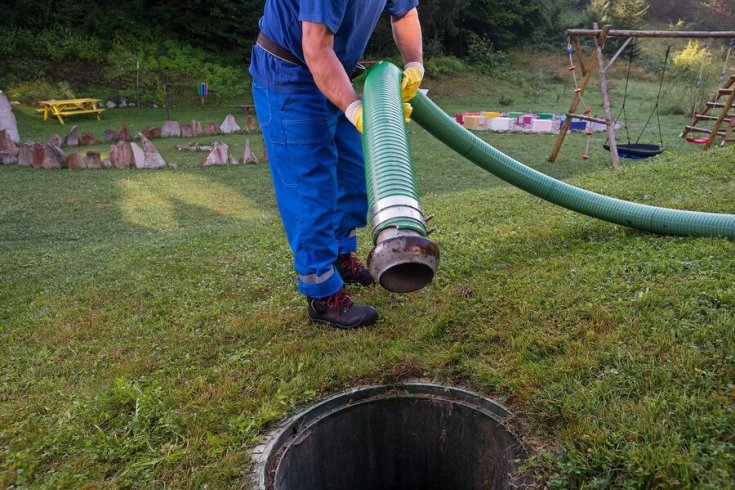
04
Early Warning Signs Your Septic Tank Needs Pumping For homeowners who rely on a septic system, routine maintenance is not…
Read more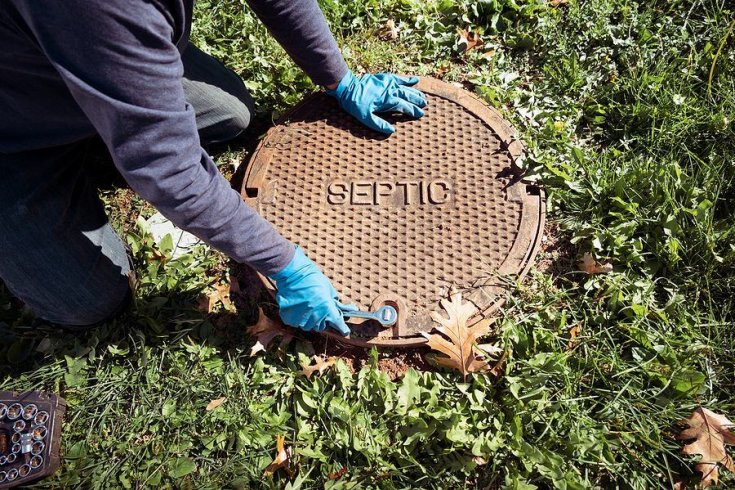
29
Why Does My Septic System Smell Fine One Day and Terrible the Next? If you own a home with a…
Read more
19
Is Your Septic System Overdue? Simple Home Checks You Can Do Today For many homeowners, the septic system is a…
Read more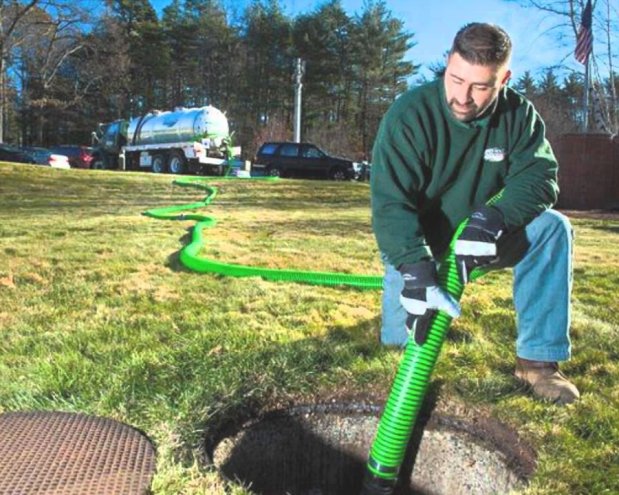
13
5 Signs Your Septic Tank Is Overdue for Pumping Your septic system works quietly behind the scenes, managing wastewater from…
Read more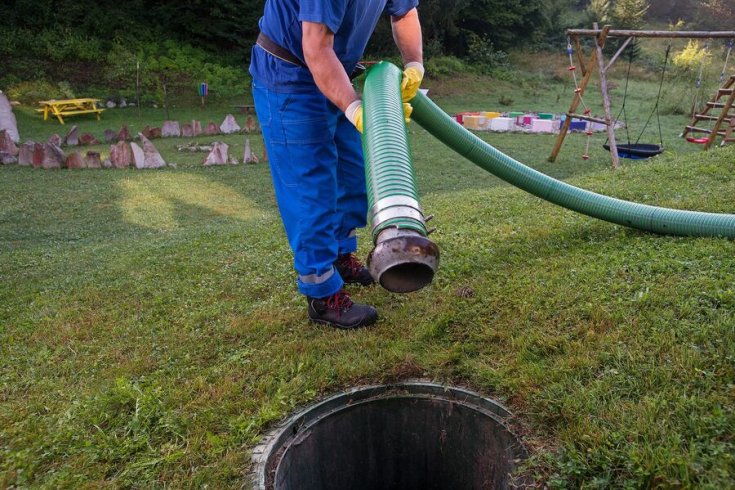
07
Do Septic Additives Really Work? Septic additives are everywhere. You’ll see them at hardware stores, advertised online, and often recommended…
Read more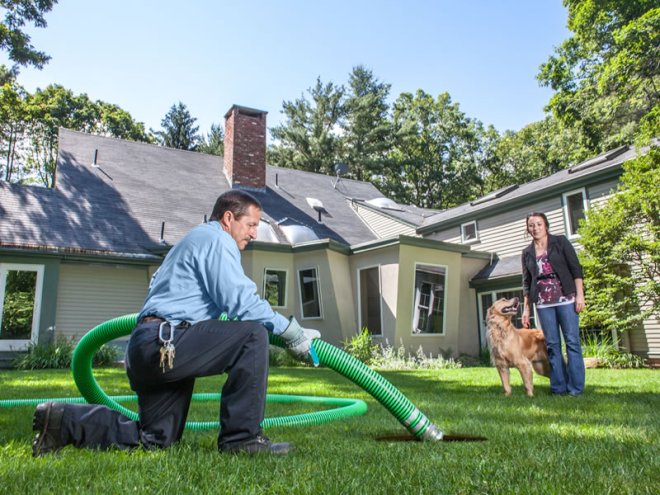
29
5 Things You’re Doing Every Day That Fill Up Your Septic Tank Faster Your septic system works quietly in the…
Read more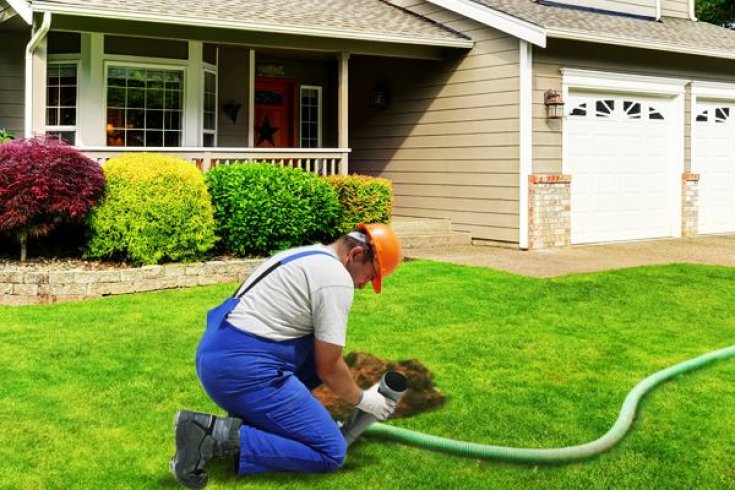
21
Is It Normal for Grass to Grow Greener Over My Septic Tank? If you’ve noticed a patch of grass in…
Read more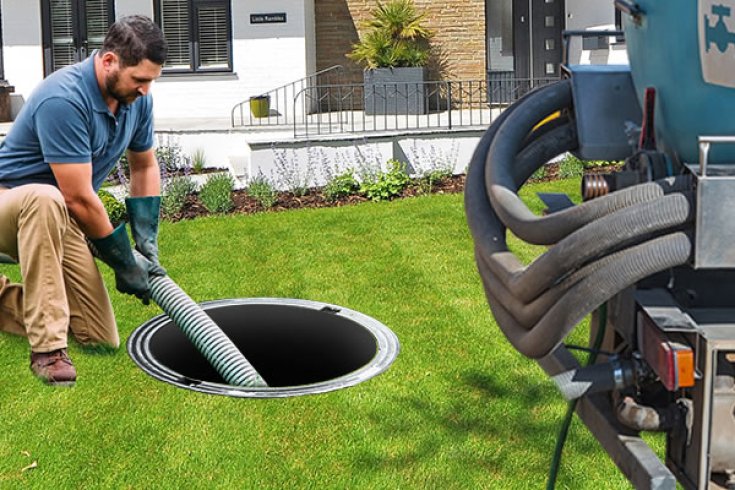
16
Why You Shouldn’t Wait Too Long to Pump Your Septic Tank A septic system works tirelessly behind the scenes to…
Read more